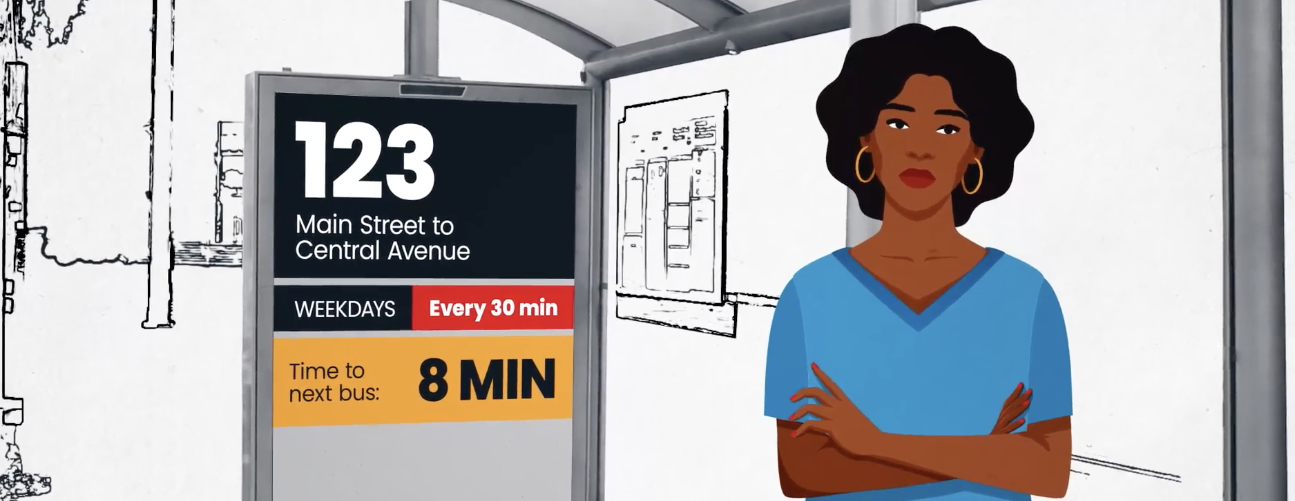
Transit service across America is sparse. Fewer than 10% of Americans currently live within walking distance of transit that comes every 15 minutes or less. As a result, the vast majority of people drive for every trip. That’s one reason transportation is the top source of greenhouse gas emissions in the U.S.
Poor service affects Black Americans the most. Black workers are four times more likely to take transit than white workers.
In order to fix this inequitable, carbon-spewing transportation system, we need to run a lot more transit service.
Our latest video illustrates how increasing the amount of service by 40% can dramatically expand access to good transit and bring many more jobs within reach of riders. Helping transit agencies run more service is a fast, affordable, achievable way for the Biden administration to use transportation policy to address the crises of climate change and racial injustice:
The most expedient way to ramp up service would be for the federal government to add to local funding for transit operations. Since the Reagan administration, however, the vast majority of federal transit funding has supported capital projects, not operations. That finally changed last year in response to the pandemic, with relief funding in the CARES Act providing a lifeline for agencies to keep buses and trains running.
Transit agencies will need more emergency relief to maintain service and prevent cuts during the recovery from COVID-19. But what if federal operating assistance continues once agencies are back on their feet?
We worked with Remix to visualize the potential impact on transit networks in a few American cities. (You can find the methodology here.)
In Atlanta, a 40% increase in service could dramatically expand the number of transit routes that arrive at least every 15 minutes, all day, every day.
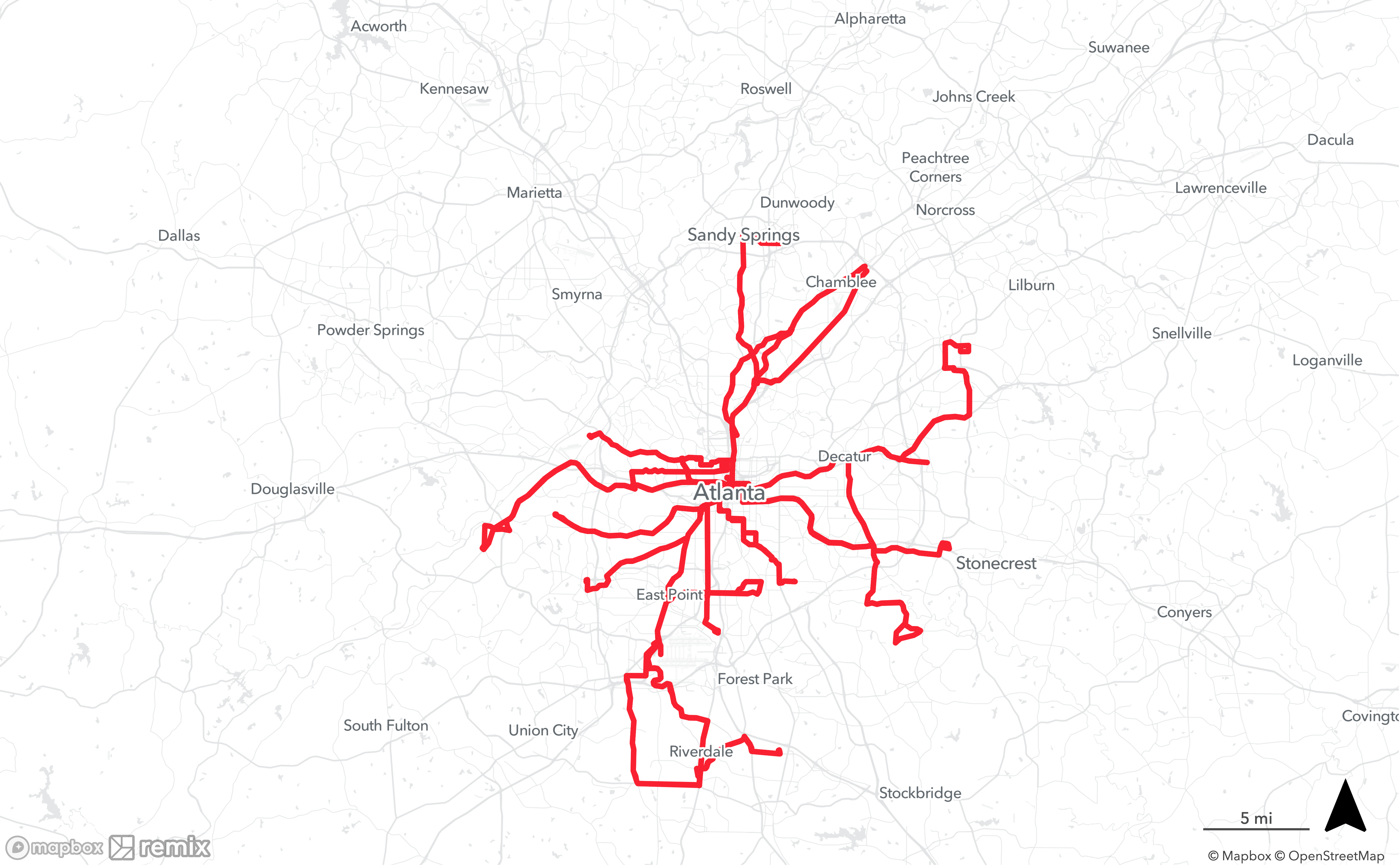
Atlanta’s current frequent transit network
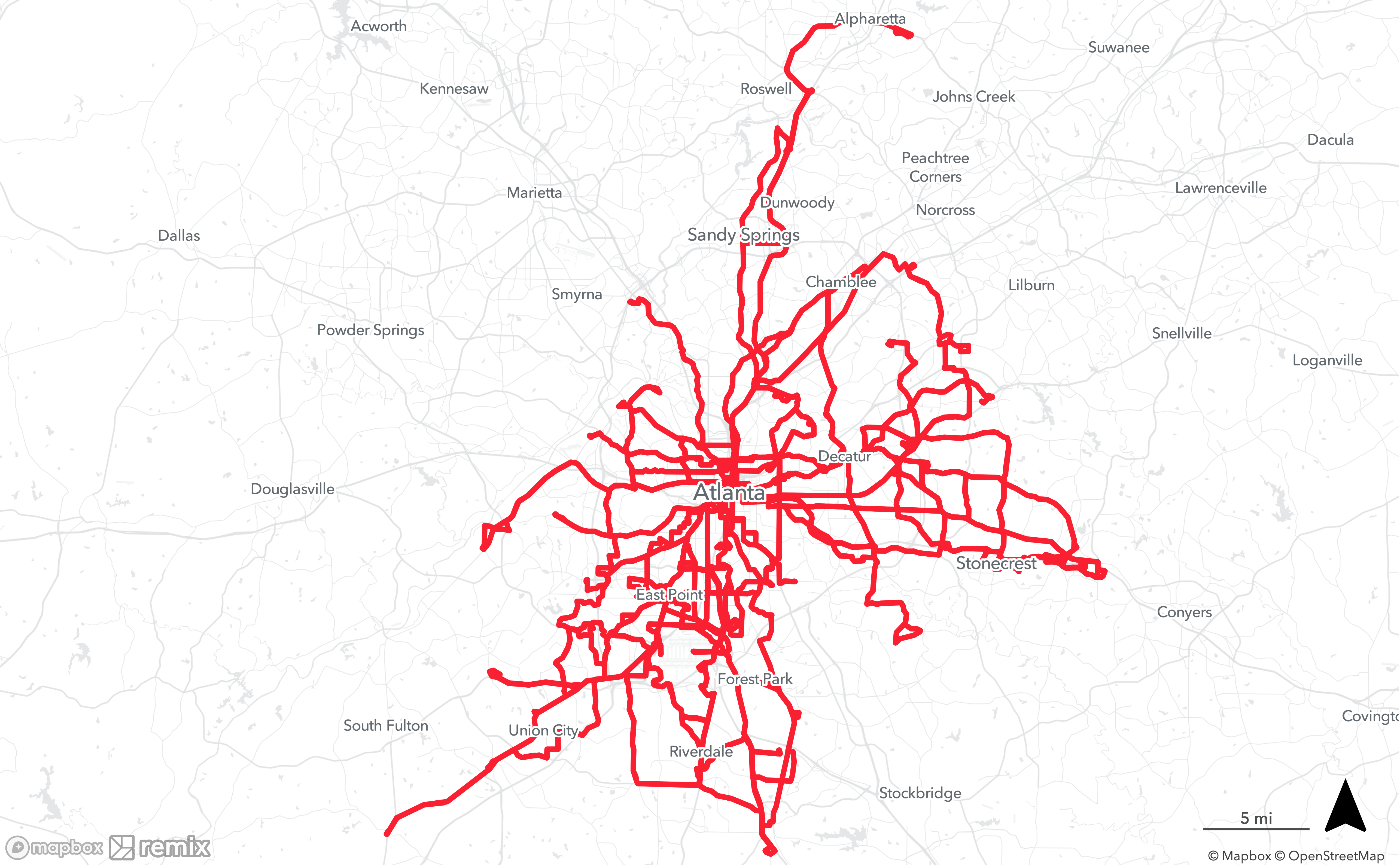
Atlanta’s frequent transit network after a 40% increase in service.
This increase would dramatically expand job access for Atlanta residents. For example, say Jane lives near the 74 and the 4 — infrequent bus routes in southeast Atlanta. Currently, she can only access 6,635 jobs in 30 minutes on transit:
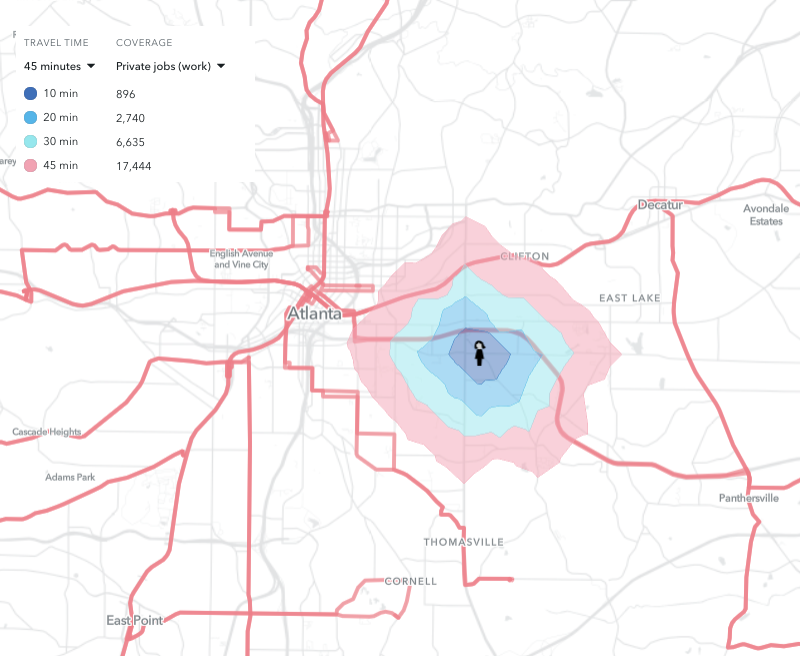
With a 40% increase in service, Jane could access 58,858 jobs within 30 minutes on transit:
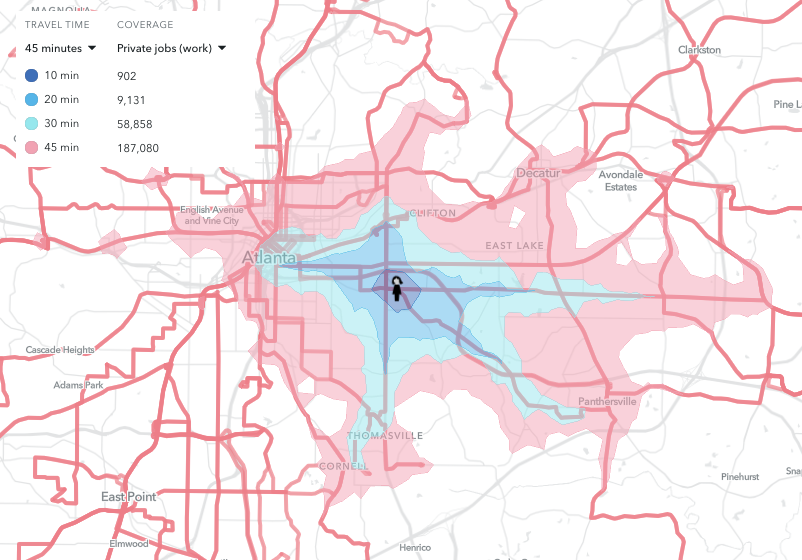
These transformative improvements to city transit networks would not break the bank. In fact, they would account for a small fraction of the multi-trillion-dollar federal infrastructure packages that legislators are currently entertaining.
For about $17 billion annually, every urban area of 100,000 or more residents could have as much transit service per capita as the Chicago region, according to the Urban Institute.
Here’s a look at how an investment of that scale could expand the frequent transit network in Denver:
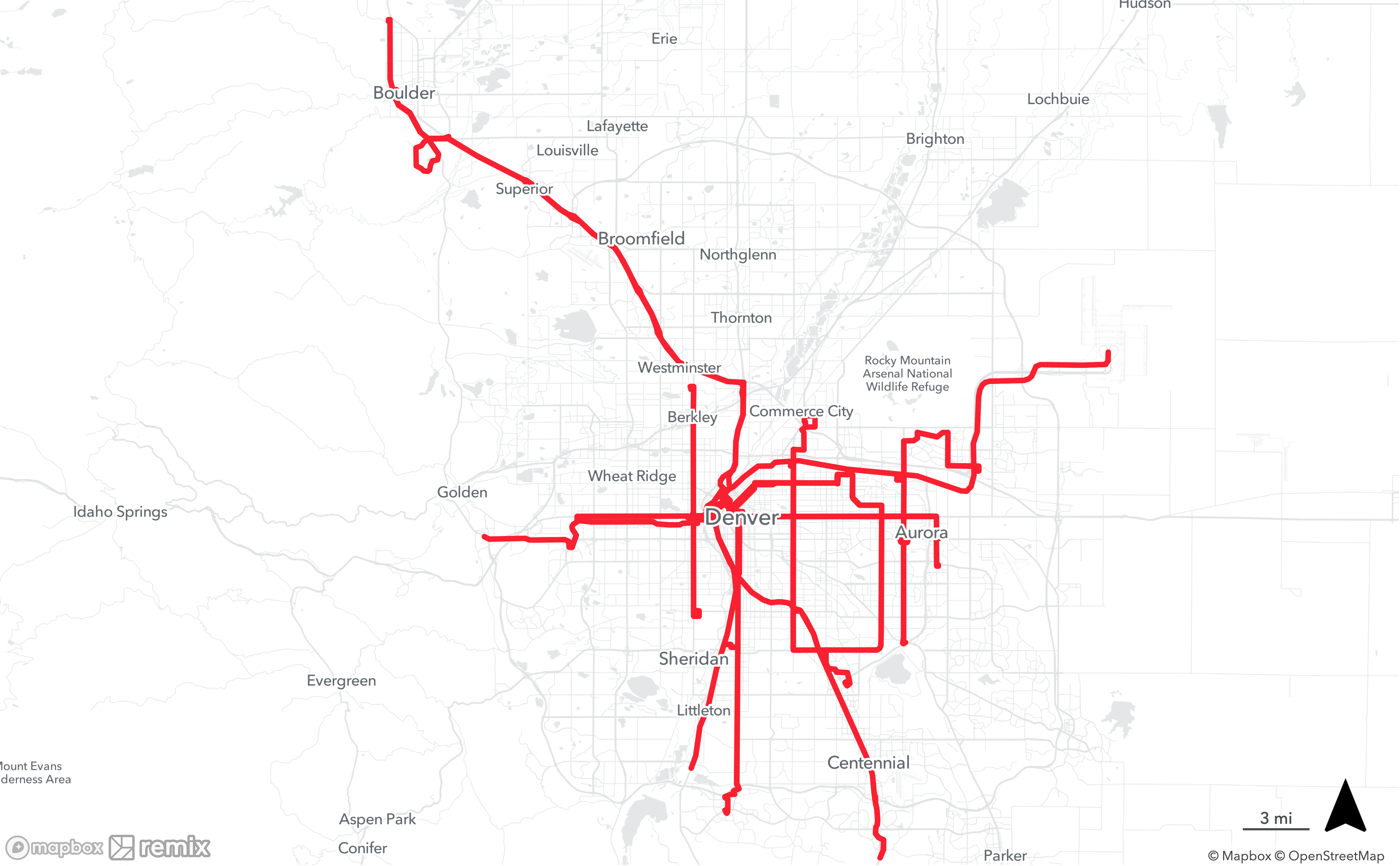
Denver’s current frequent transit network.
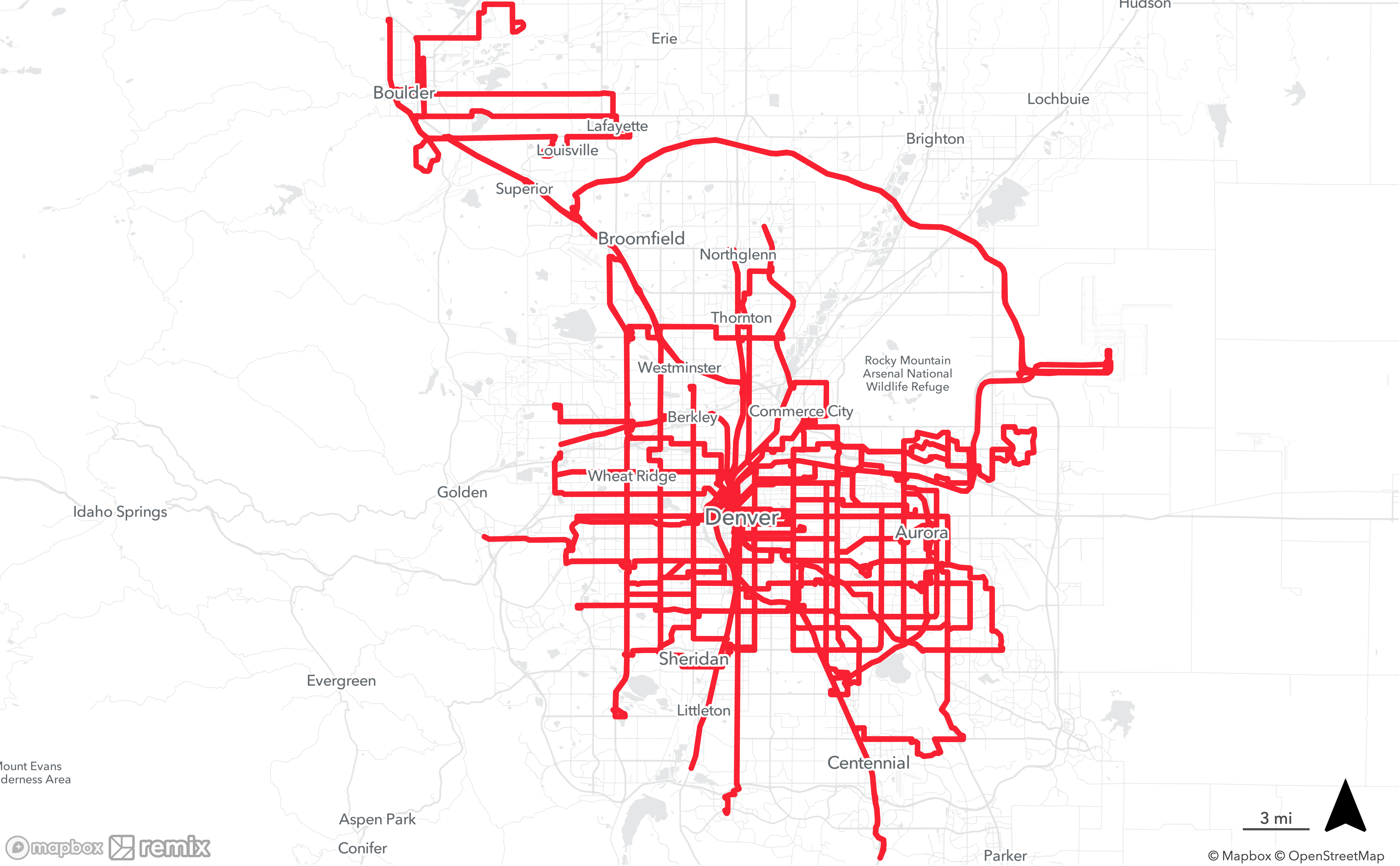
Denver’s frequent transit network after a 40% increase in service.
And in Cleveland:
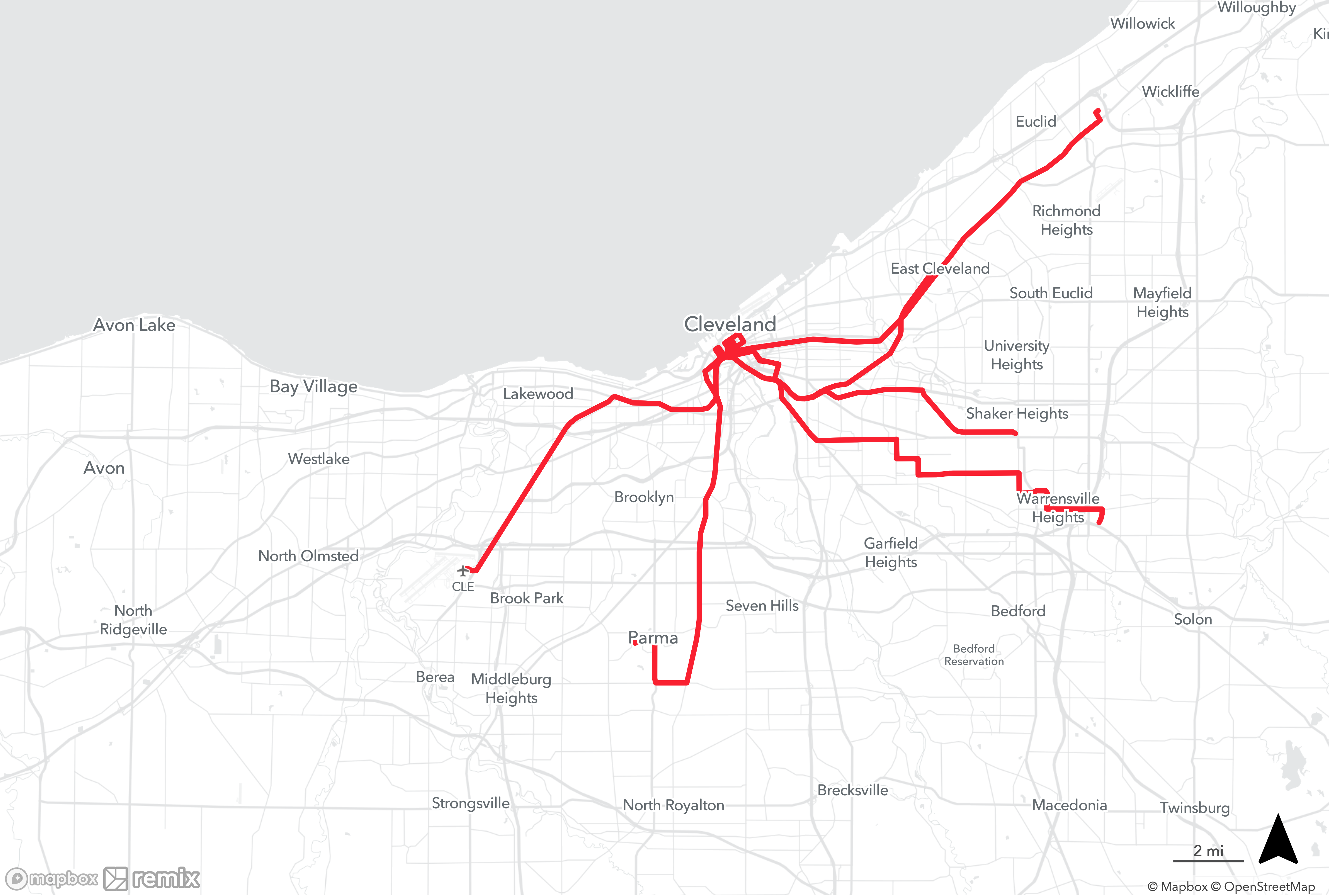
Cleveland’s current frequent transit network.
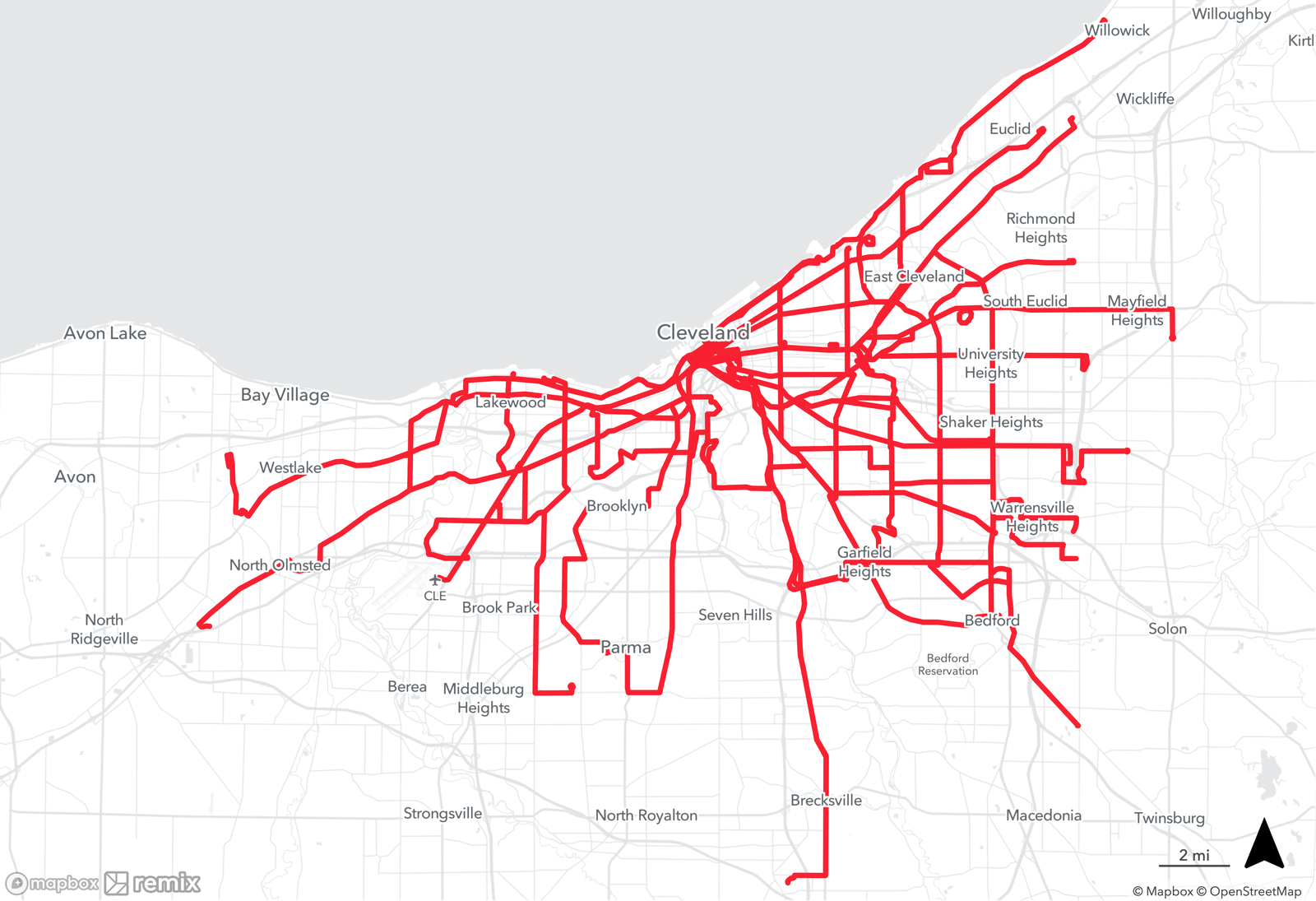
Cleveland’s frequent transit network after a 40% increase in service.
To put the majority of Americans within walking distance of frequent transit, promote equity, and decrease emissions from the transportation sector, we need a big federal investment in transit operations.
 On the Brink: Will WMATA’s Progress Be Erased by 2024?
On the Brink: Will WMATA’s Progress Be Erased by 2024?
The experience of being a WMATA rider has substantially improved over the last 18 months, thanks to changes the agency has made like adding off-peak service and simplifying fares. Things are about to get even better with the launch of all-door boarding later this fall, overnight bus service on some lines starting in December, and an ambitious plan to redesign the Metrobus network. But all of this could go away by July 1, 2024.
Read More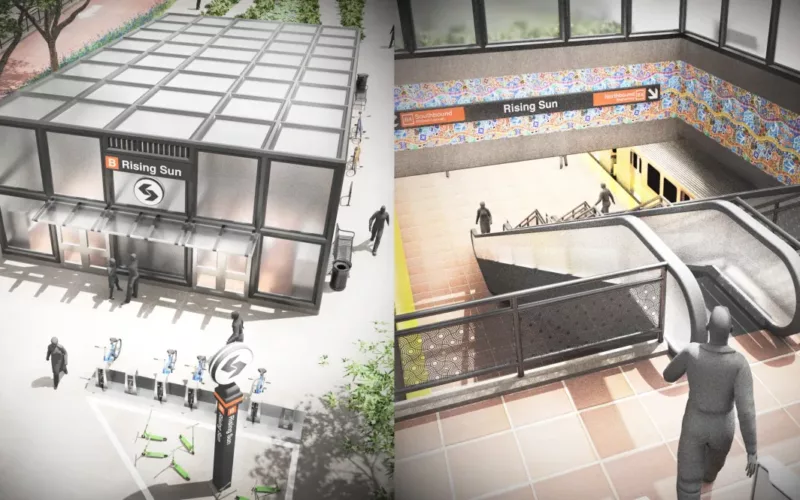 To Achieve Justice and Climate Outcomes, Fund These Transit Capital Projects
To Achieve Justice and Climate Outcomes, Fund These Transit Capital Projects
Transit advocates, organizers, and riders are calling on local and state agencies along with the USDOT to advance projects designed to improve the mobility of Black and Brown individuals at a time when there is unprecedented funding and an equitable framework to transform transportation infrastructure, support the climate, and right historic injustices.
Read More